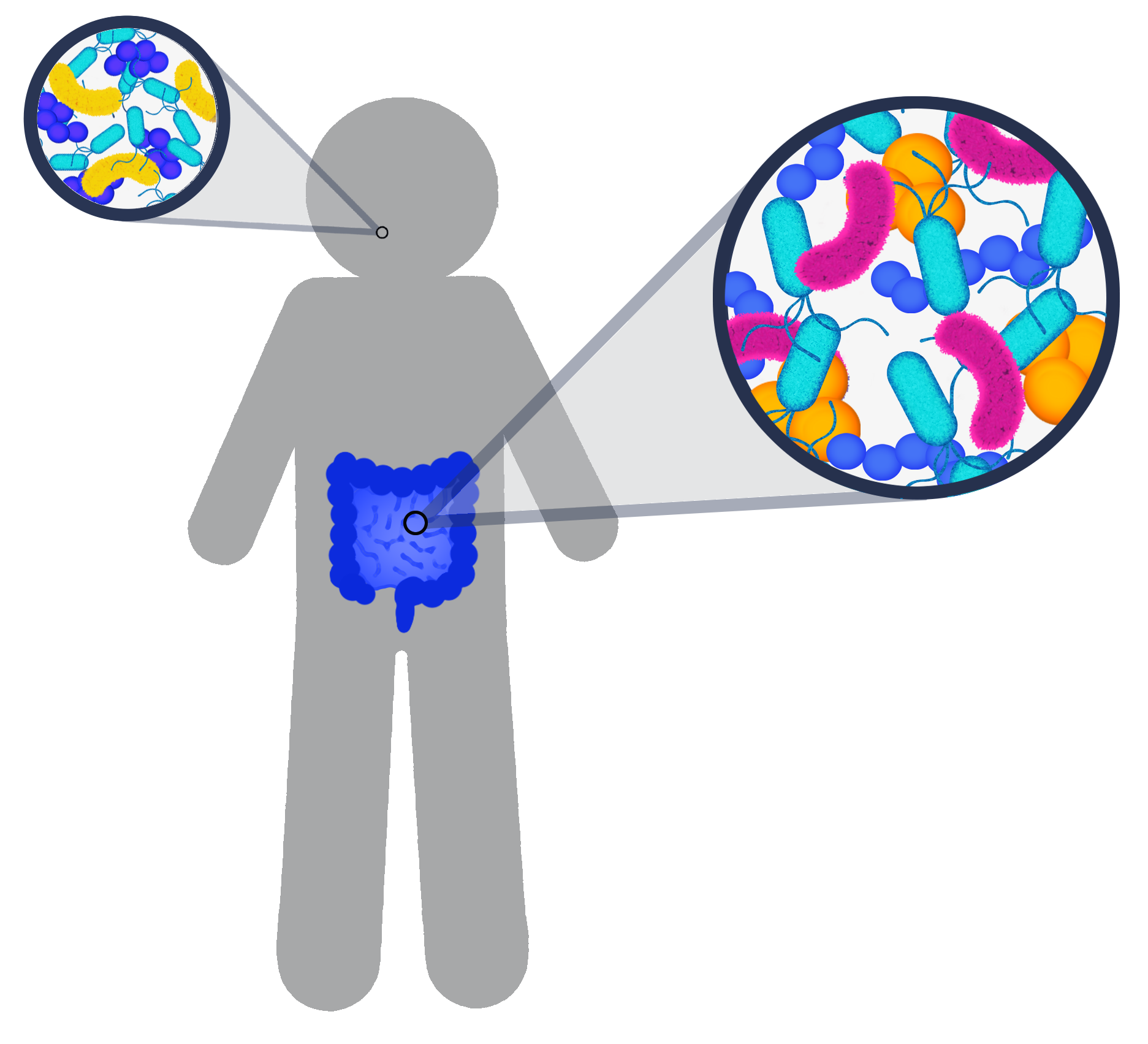- English
- Esta página
- Página inicial
- Arabic (اللغة العربية)
- Chinese (简体中文)
- French (Français)
- Haitian Creole (Kreyòl Ayisyen)
- Hindi (जानकारी)
- Korean (한국어)
- Polish (język polski)
- Portuguese (Português)
- Russian (Русский)
- Spanish (Español)
- Tagalog (Tagalog)
- Ukrainian (Українська)
- Vietnamese (Tiếng Việt)
- All Languages
Español
PDFs by language
Our 24/7 cancer helpline provides information and answers for people dealing with cancer. We can connect you with trained cancer information specialists who will answer questions about a cancer diagnosis and provide guidance and a compassionate ear.
![]()
Chat live online
Select the Live Chat button at the bottom of the page
Our highly trained specialists are available 24/7 via phone and on weekdays can assist through video calls and online chat. We connect patients, caregivers, and family members with essential services and resources at every step of their cancer journey. Ask us how you can get involved and support the fight against cancer. Some of the topics we can assist with include:
- Referrals to patient-related programs or resources
- Donations, website, or event-related assistance
- Tobacco-related topics
- Volunteer opportunities
- Cancer Information
For medical questions, we encourage you to review our information with your doctor.
CPS-3 Participants Send Saliva & Stool Samples for the Sake of Science
In the summer of 2020, a small group of participants registered for the first phase of the CPS-3 portal. That fall, we launched a new substudy on the gut microbiome and over 550 participants completed an online questionnaire and contributed a stool sample.
This pilot was so successful we continued the study in the fall of 2021 and collected another 3,000 stool samples from other CPS-3 portal participants. Then we kept going! We expanded the substudy to also focus on the oral microbiome. In 2022 and 2023, we collected both stool and saliva samples from another 10,000 participants.

Researchers will use the stool and saliva samples collected in these Microbiome substudies to investigate the role of the gut and oral microbiomes in overall health and risk of developing cancer.
The stool samples provide a "snapshot" of the participant's unique gut microbiome—the collection of microorganisms (like bacteria, viruses, and fungi) that live inside everyone's digestive system. The saliva samples will similarly provide a “snapshot” of the oral microbiome—the microbes that live inside everyone's mouths.
Our gut and oral microbiomes are shaped by diet, lifestyle, genetics, and environmental factors. These microbiomes play an important role in the absorption of nutrients and minerals, our immune system, and in chronic health conditions such as inflammatory bowel disease, obesity, heart disease, and colorectal cancer.
CPS-3 Gut Microbiome Substudy
Thank You, CPS-3 Participants
If you were one of the over 13,000 CPS-3 participants who provided a stool or saliva sample, thank you. Your samples, as well as the accompanying survey data, will allow ACS researchers to investigate the role of the gut and oral microbiomes in overall health and in risk factors for cancer such as obesity.


